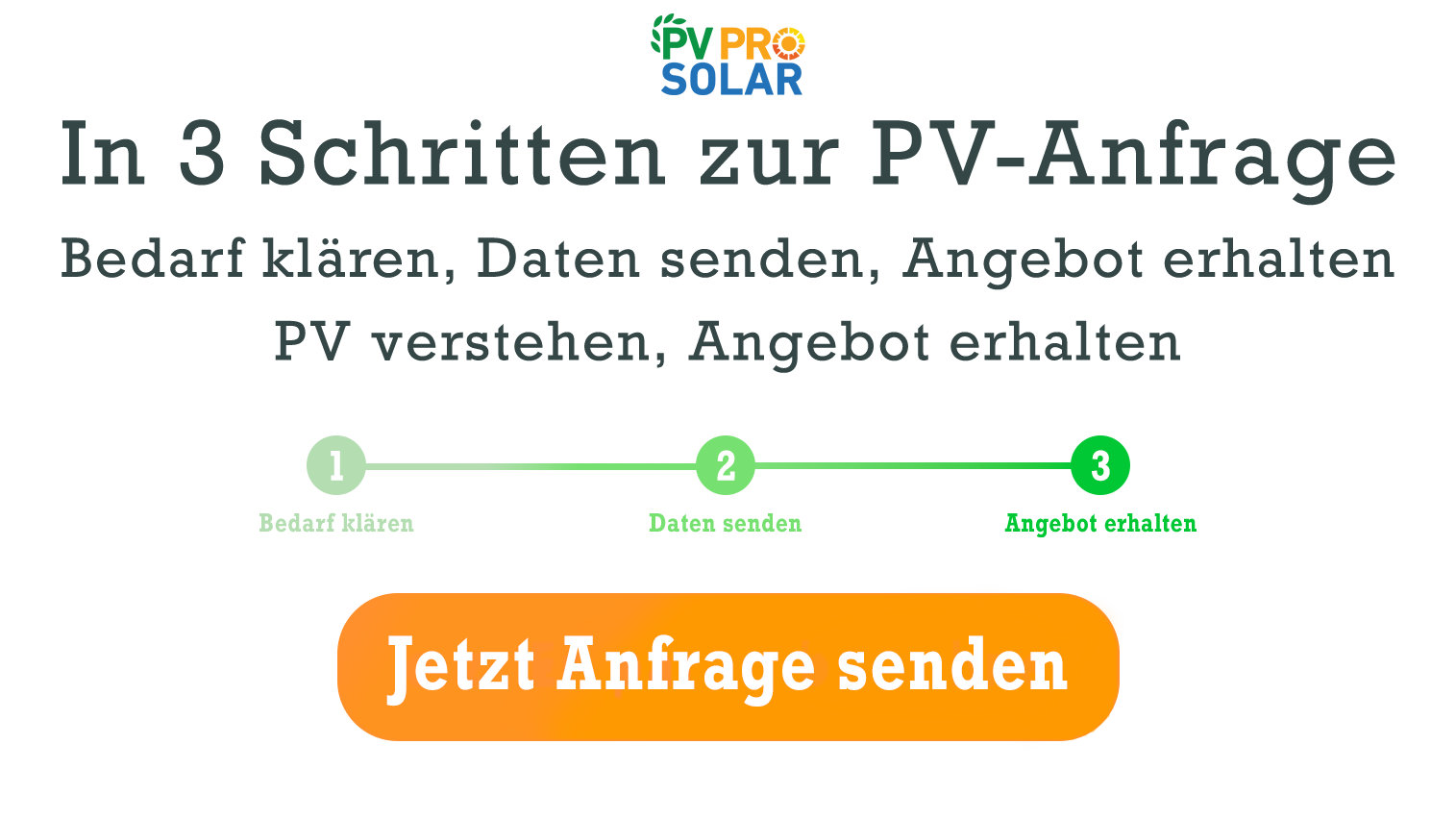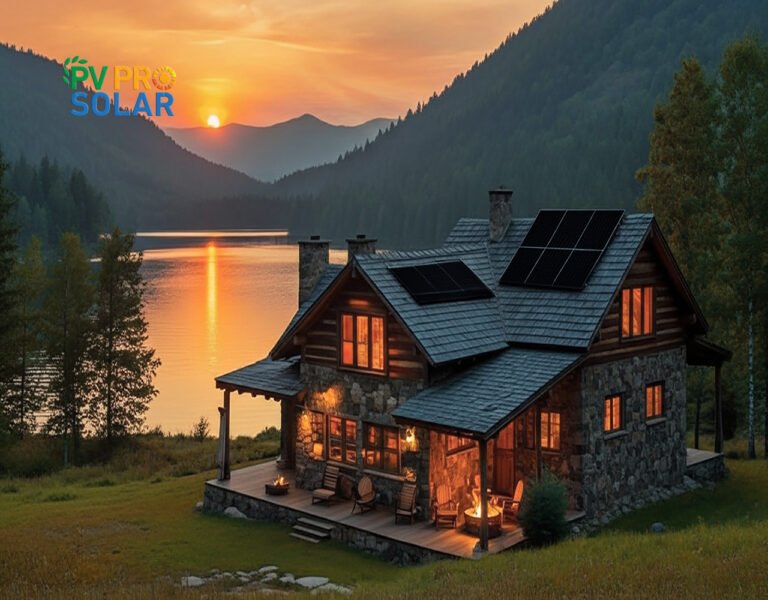How many solar panels are needed for a house in Germany?
Many homeowners in Germany wonder how many solar panels they need to cover their electricity demand. The right number depends on factors such as roof size, orientation, energy consumption, and storage solutions. In this article, you will learn how to calculate your individual requirements, compare typical panel sizes, and efficiently plan your photovoltaic system. You will receive practical tips to reduce costs, increase self-consumption, and optimize government incentives.
How do you calculate the energy demand of a house in Germany?
- Energy demand is the basis for every solar system plan.
- Average consumption: A single-family home in Germany consumes between 3,000 and 5,000 kWh per year.
- Create an electricity balance: Add up all electrical devices, lighting, heating pumps, and electric vehicles if applicable.
- Daily and annual consumption: Check how much electricity you need in summer vs. winter, as PV systems generate more electricity in summer.
Example calculation
- A household with 4 people consumes 4,200 kWh annually
- A standard solar panel produces about 350 Wp
- With 1,000 sunlight hours per year in Germany, one panel produces around 350 kWh
- 4,200 ÷ 350 ≈ 12 panels
What factors influence the number of solar panels needed?
- Roof area: The larger the roof, the more panels fit
- Roof orientation and tilt: South or southwest-facing roofs offer the highest efficiency
- Shading: Trees, neighboring buildings, or chimneys reduce performance
- Panel efficiency: High-performance panels require less space
- Self-consumption vs. feed-in: The more electricity is used directly, the fewer panels are needed
What is the power output of a typical solar panel?
- Standard residential panels produce 300–400 Wp
- High-performance panels can reach up to 500 Wp
- The output per panel determines how many panels are needed in total
Example calculation
- Annual consumption: 4,200 kWh
- Panel 350 Wp → produces about 350 kWh per year
- 4,200 ÷ 350 = 12 panels
- High-performance panels 450 Wp → 4,200 ÷ 450 ≈ 9–10 panels
How do roof size and orientation affect the number of panels?
- Roof size: A 40 m² roof can accommodate 12–15 standard panels
- Roof pitch: 30–35° is optimal in Germany
- Orientation: South-facing provides the highest efficiency; east or west-facing roofs produce about 10–20% less
How many solar panels are needed for single-family homes?
- The number depends heavily on energy consumption and roof size
- Average household: 4,000–5,000 kWh per year
- Panel size: Standard 350 Wp
- Calculation: Annual consumption ÷ panel output
Example 1
- Consumption: 4,200 kWh
- Panel: 350 Wp → 350 kWh per year
- Panels: 4,200 ÷ 350 ≈ 12 panels
Example 2 (optimized self-consumption)
- Consumption: 4,500 kWh
- Panels: 15 × 350 Wp → 5,250 kWh per year
- Advantage: 85% self-consumption; surplus is fed into the grid
Note: Homes with small roofs may need higher-power panels or partial coverage.
What are the differences between multi-family and commercial buildings?
- Multi-family buildings: Higher electricity demand per building → typically 20–50 panels
- Commercial buildings: Very high demand → 50–200 panels depending on operations
- Larger roof area: Possibility for PV systems of 50–200 kWp
- Shading considerations: Chimneys, roof structures, neighboring buildings
Commercial example
- Consumption: 60,000 kWh/year
- Panel: 400 Wp → ~400 kWh per year per panel
- Panels needed: 60,000 ÷ 400 = 150 panels
Tip: Commercial systems combine PV with storage to cover peak loads.
How to optimize your solar system for maximum self-consumption?
- Integrate storage solutions: Batteries allow the use of generated electricity at night
- Load management: Run washing machines, dryers, or electric cars when PV electricity is available
- Smart home integration: Incorporate PV output into device scheduling
- Increase self-consumption: 60–80% self-consumption is realistic with modern technology
Example
- A household generates 5,000 kWh per year
- 3,000 kWh self-consumed → 2,000 kWh fed into the grid
- With a battery, self-consumption can rise to 70–75%
What role does a battery storage system play in panel planning?
- Storage reduces grid dependency
- Larger storage means fewer panels theoretically need to feed into the grid
- Combining PV output and storage size optimizes cost-effectiveness
Calculation
- Household: 4,200 kWh consumption
- 5 kWh storage → stores 20–25% of daily demand
- Storage plus PV reduces grid usage, but total panels for annual demand remain nearly the same
Tip: A 10 kWh battery covers about 50% of a 4-person household’s daily consumption.
How do incentives and feed-in tariffs affect planning?
- EEG 2023/24 regulates feed-in tariffs in Germany
- Storage incentives from KfW and local programs
- Economic calculation: self-consumption + incentives vs. grid feed-in
Example
- 5 kWp PV system → ~4,500 kWh annual yield
- Self-consumption 60% → savings ~€1,800
- Feed-in 40% → remuneration ~€500 per year
Tip: Incentives reduce upfront costs and make PV projects more profitable.
Common mistakes when choosing solar panels
- Incorrect calculation of energy consumption
- Ignoring roof size and orientation
- Not accounting for shading
- Failing to include a storage system
- Underestimating self-consumption rates
Tip: Seek professional advice to ensure planning and installation are optimal.
The right number of solar panels for your house depends on many variables. Energy demand, roof size, orientation, storage solutions, and incentives all play a crucial role. With careful planning, you can maximize your PV system efficiency and save costs long-term. Consider all factors and consult professionals to find the optimal solution for your home and make the transition to renewable energy successful.
How do I calculate the ideal number of solar panels for my home?
Take into account your energy consumption, roof area, orientation, and panel efficiency. Use online calculators or consult a professional for accurate planning.
Can I expand the number of solar panels later on?
Yes. Modern systems are modular and can be expanded. Be sure to plan by preparing the storage capacity and wiring accordingly.









